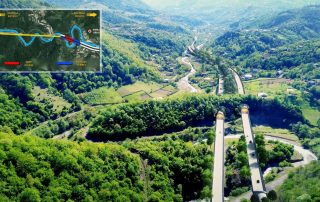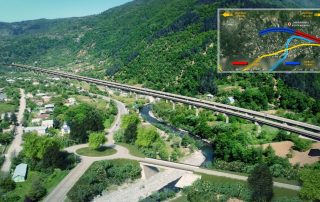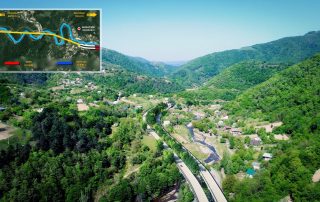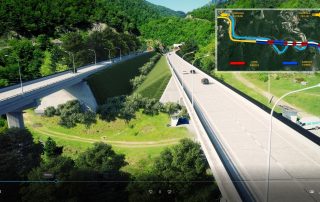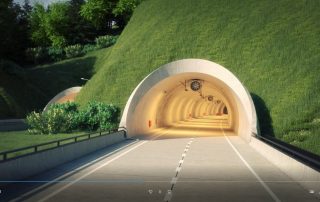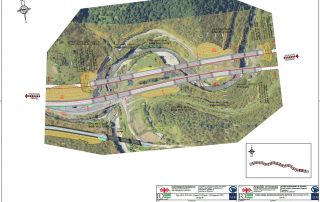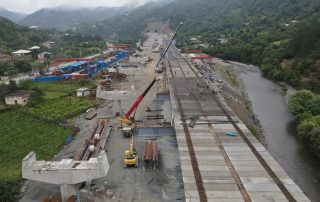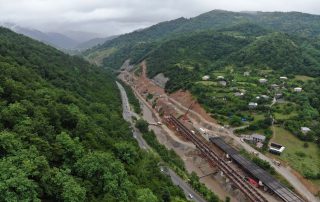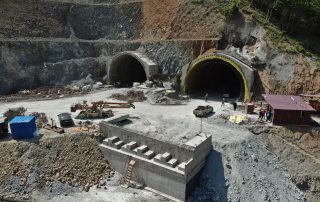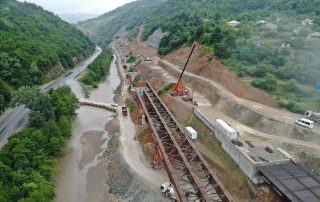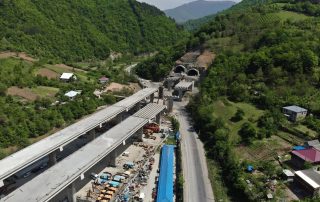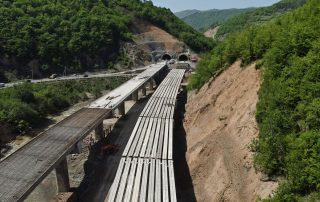Project Details
Client:
Road Department of the Ministry of Regional Development and Infrastructure
Country:
Georgia
Practice Area:
Transport Infrastructure
Services:
Engineering Design
Preparation of Detailed Design, Bidding Documents, EIA and Detailed LARP for the Construction of the Khevi – Ubisa – Shorapani – Argveta Section (E60 Highway Route)
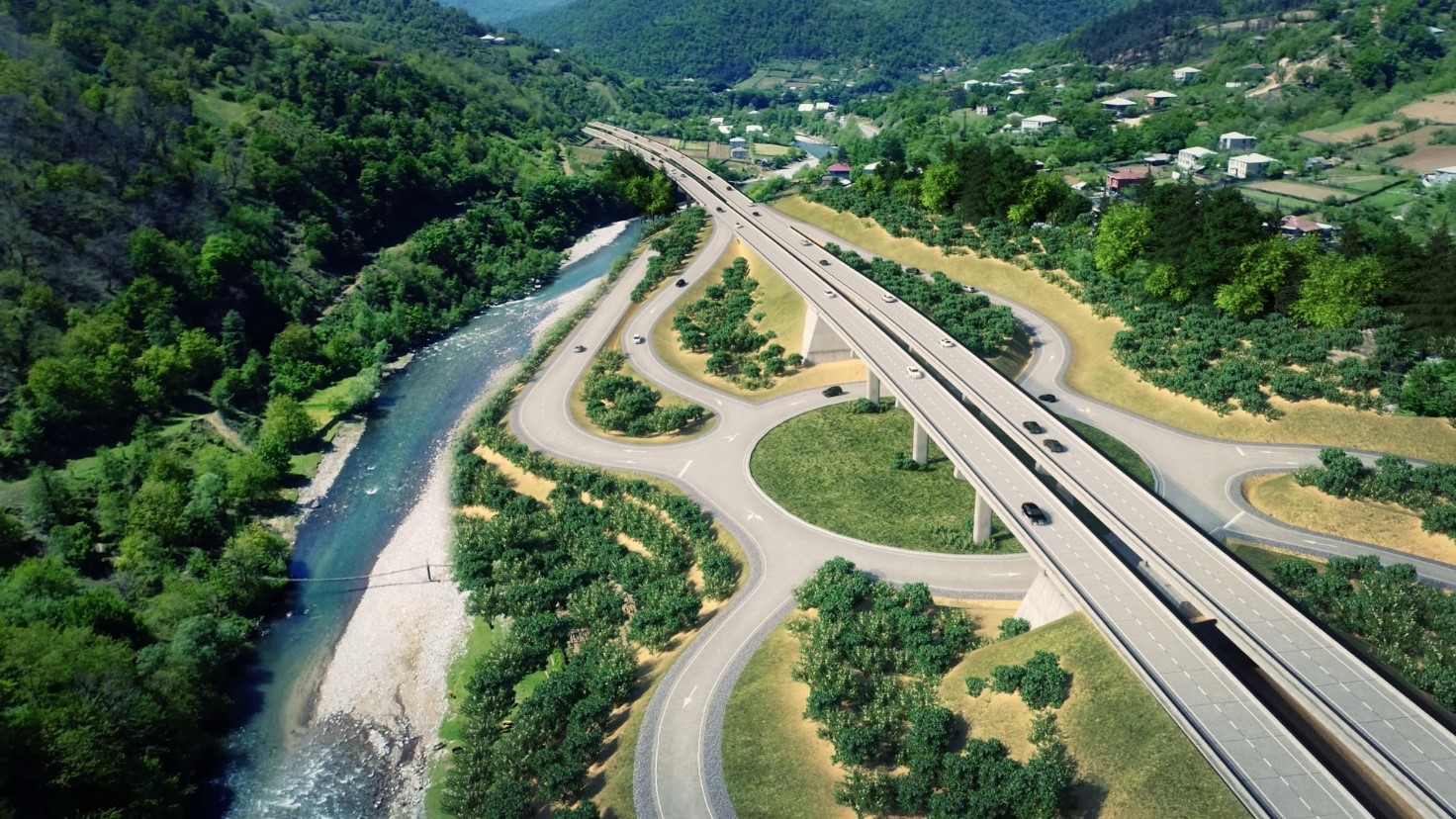
The Khevi – Argveta section a part of the Black Sea / Caspian Sea segment of the E60 Highway route connecting Europe and Asia. This section runs 40 km along the Caucasian Mountains pass, easing the crossing through one of the most complex geologic and orographic areas along the transit corridor.
The new four-lanes two-carriageways highway passes through complex geological and geographical mountainous terrain, paralleling the River Rikotula and then the river Dzirula, from 9 km Westward of the existing Rikoti tunnel to the village Argveta, close to the city of Zestafoni down in the Kolkheti Plain, through 25 double tube tunnels (all in all 30 km, 1.6 km the longest) and more than 70 steel and PSC viaducts and bridges (18 km/1.3 km the longest).
Each carriageway is 11 m wide, with 2 traffic lines (3.75 m + 3.75 m), external shoulder / emergency line and internal shoulders (2.50m and 1.00m respectively). Central reserve is 3.00+ m and free height in tunnels is 5.00m. Bridges were designed according to Eurocodes and counter-verified with Russian SNIP regulations, Tunnels are based on Italian ADECO design approach with drill and blast or mechanical excavation, while tunnel systems accomplish TEN and European Directive 2004/54/EC severe prescriptive and recommended standards.
The final alignment of the road, largely improving the provisions from the Feasibility Study and enforcing higher road safety standards, has minimal overlapping with the existing road, so that local and through traffic are completely disconnected and the impacts on traffic during construction are largely reduced, while interconnection is provided by 4 multi-level interchanges.
Due to the diversity of the crossed areas, the design successfully dealt with pristine natural landscapes, cultural heritage sites, local handicraft and recreational spots as well as highly infrastructure densely populated areas, through a careful and participated approach to design solutions and experienced management of EIA and LARP processes, including noise, vibration and air quality issues.
IRD Engineering completed the detailed design, split into the three lots, according to Georgian and European standards.



